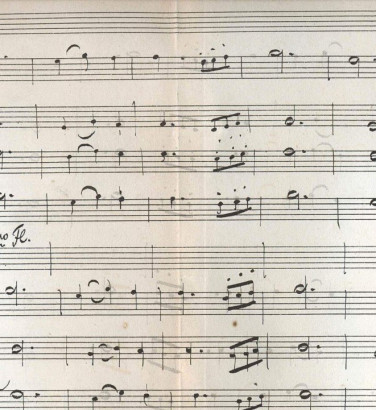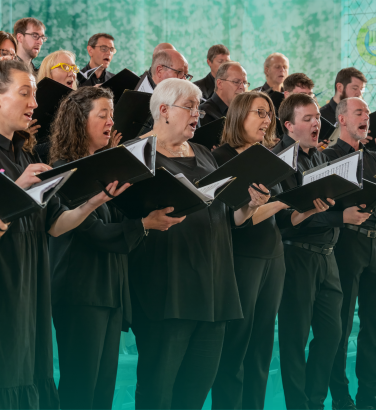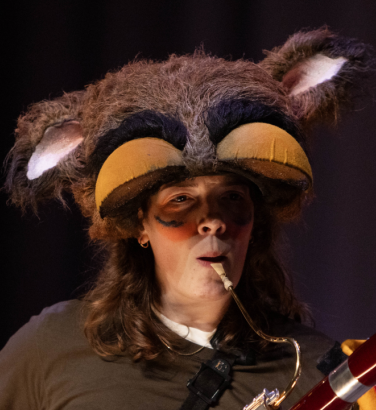
Eleanor Alberga's Nightscape - a Jamaican serenade
1 Nov 2022
News Story
Eleanor Alberga’s 1993 Nightscape was written as a companion piece (and tribute) to probably the work for wind ensemble, Mozart’s Gran partita. Scored for the same instruments – pairs of oboes, clarinets, basset horns and bassoons, along with 4 horns and a double bass – Alberga’s work evokes the Classical serenade, which was designed to be played in the evening, often outdoors.
This connection is made explicit in the titles Alberga gives her four movements, charting the passage of time from sunset to night, only in a specifically Jamaican context - so instead of Mozart’s urbane elegance, we have music suffused with jazzy rhythms and the sounds of the night, effectively bringing the outside world indoors.
Born in 1949 in Jamaica, Alberga initially trained as a pianist. Her work as a composer gained in importance in 1978, when she joined London Contemporary Dance Theatre, whose rhythms came to influence her later music (including Nightscape). Her output now covers all kind of genres, but Alberga may be best known in Scotland for her orchestral music: SCO audiences were treated to the premiere of her Violin Concerto No 1 (commissioned by the Orchestra) in 2001 and as recently as June this year, those in Edinburgh may have heard her Symphony No 1, a co-commission by the Meadows Chamber Orchestra. She had already gained worldwide recognition by then, when ARISE, ATHENA! received its first performance at the Last Night of the BBC Proms in 2015.
Roald Dahl’s Snow White and the Seven Dwarfs cemented her interest in writing for family audiences, but there is earlier evidence of Alberga’s interest in music for the young in Nightscape. Besides the frequent sense of fun in the score, the final movement is based on a favourite lullaby of her childhood, and there is an irresistible parallel between her ‘nocturnal creatures’ (party-goers and geckos among them) and those presented by Saint-Saëns – including the equally out-of-place pianists – in his Carnival of the animals.
Related Stories
![]()
Unfinished symphonies
15 December 2025
Your starter for ten: besides Schubert, who has an unfinished symphony to their name?![]()
Silent Night
12 December 2025
As an early Christmas gift from us, enjoy this special choral treat, filmed in Leith Theatre!![]()
The Great Grumpy Gaboon: a catch-up with Corrina Campbell and Jay Capperauld
8 December 2025
Our family show is back in the New Year, and the Gaboon's still grumpy!



